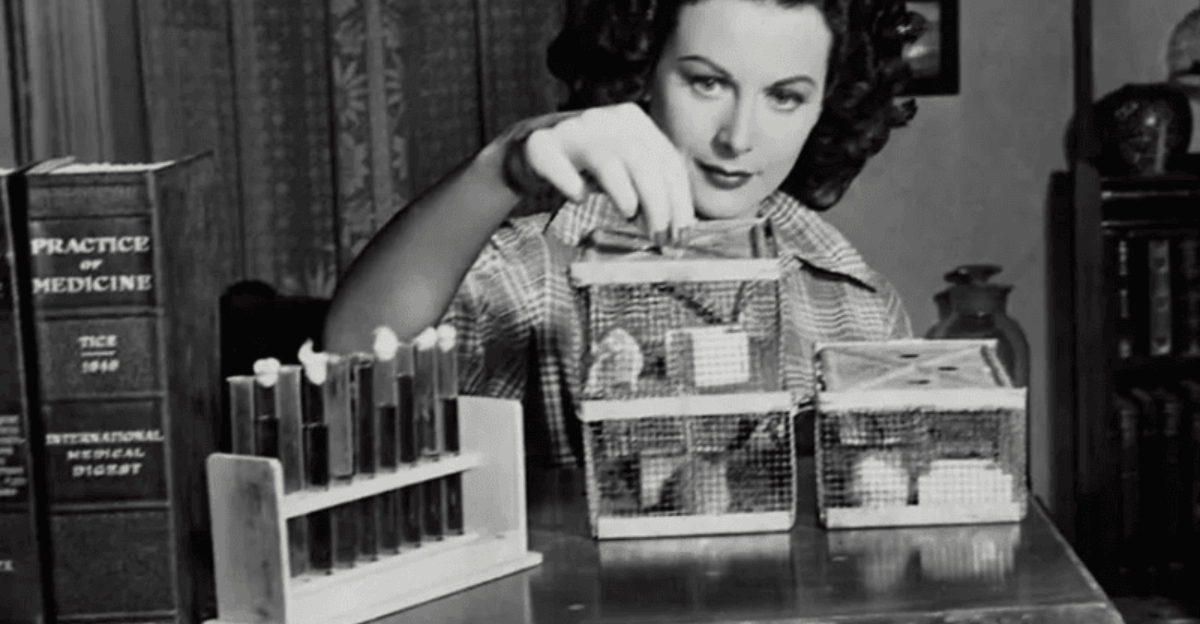30 Things You Didn’t Know Were Invented by Women
Women have been shaping the world behind the scenes and in plain sight—often without getting the credit they deserve. From life-saving breakthroughs to everyday tools we now take for granted, their ideas have quietly transformed the way we live, work, and move through the world.
This isn’t just about invention—it’s about innovation born from sharp minds, real-life problem-solving, and a relentless drive to make things better. Let’s pull back the curtain on the creations you use all the time… that you probably didn’t know came from women.
1. Windshield Wipers

Driving through heavy rain used to be a nightmare for early motorists. Enter Mary Anderson, a woman with a keen eye for problem-solving. One day, while observing drivers struggle to see through their rain-soaked windshields, she came up with a simple yet transformative idea.
This strong woman invented the first effective windshield wiper in 1903. Her creation used a lever inside the car to control a rubber blade on the outside. Though initially met with skepticism, windshield wipers became a standard feature in vehicles by 1916. Imagine trying to drive without them today?
Thanks to Anderson’s foresight, we now take for granted this essential tool that keeps drivers safe in bad weather. Her contribution may be overlooked, but every time you drive in the rain, think of the woman who made it possible for you to see the road ahead.
2. Home Security System
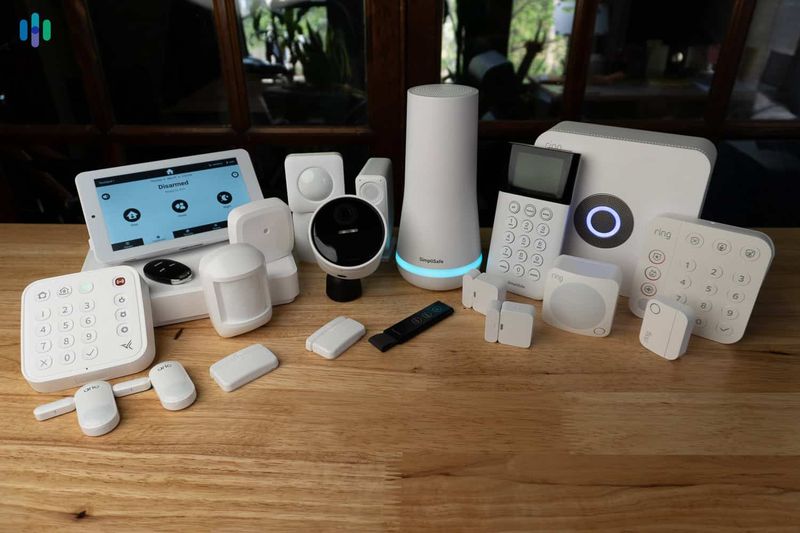
When Marie Van Brittan Brown felt concerned about her family’s safety, she didn’t just worry—she innovated. In 1966, she invented the first home security system, revolutionizing how people protect their homes.
Brown’s system included a camera that monitored the front door and displayed the images on a monitor inside the house. There were also microphones for two-way communication and a panic button to alert the police. Her invention laid the groundwork for modern security systems that we rely on today.
Brown’s invention wasn’t just a technical breakthrough; it was a game-changer for personal safety. Her work empowered homeowners and paved the way for advancements that would lead to high-tech security solutions.
3. Wireless Transmission Technology (Wi-Fi Foundations)

Hedy Lamarr, a glamorous actress with a brilliant mind, co-invented a frequency-hopping technology in the early 1940s. This innovation was designed to prevent the jamming of Allied radio signals during World War II.
Though her contribution went unrecognized for decades, it laid the foundational concepts for modern wireless communication, including Bluetooth and Wi-Fi (allowing you to read books written by women and explore yourselves). Lamarr’s frequency-hopping spread spectrum technology was a stroke of genius, blending creativity with technical prowess.
Despite her Hollywood fame, it was her scientific curiosity that led to a revolutionary communication breakthrough. Today, her work is celebrated in tech circles, and she is remembered as a pioneer who helped shape the digital world.
4. Disposable Diapers

The inconvenience of cloth diapers led Marion Donovan to envision something better for parents everywhere. In the late 1940s, Donovan, a mother of two, invented the first waterproof diaper cover and later designed the disposable diaper.
Her innovative design used absorbent materials and a plastic lining to prevent leaks. Donovan’s disposable diaper innovation was initially met with resistance from manufacturers, but it eventually took off, transforming parenting and launching a multi-billion dollar industry.
Her determination and insight provided a practical solution that modernized childcare, making life easier for parents around the globe. Donovan’s invention underscores how personal challenges can spark global innovations.
5. Kevlar

Stephanie Kwolek was a chemist with a knack for experimentation, which led her to discover Kevlar, a material that’s five times stronger than steel. In 1965, while working at DuPont, Kwolek was researching lightweight fibers when she stumbled upon this revolutionary material.
Kevlar is now an integral component in bulletproof vests, saving countless lives worldwide. Kwolek’s discovery came from her persistence in the lab, a place where her curiosity and dedication blended to create something extraordinary.
Her work didn’t just stop bullets; it also paved the way for various applications, from sports equipment to spacecraft. It’s a testament to how a single breakthrough can ripple through numerous industries, changing lives and enhancing safety.
6. Dishwasher

Josephine Cochrane, a woman of means, invented the first practical dishwasher in 1886. Her motivation was not a disdain for washing dishes but frustration with her servants breaking her fine china. Cochrane designed a machine that used water pressure to clean dishes, a concept that was both innovative and ahead of its time.
Her invention gained popularity at the 1893 World’s Fair and later became a staple in homes around the world. Cochrane’s dishwasher was more than a convenience; it represented a shift in household technology, eventually leading to the modern kitchen appliances we know today.
Her ability to turn annoyance into innovation highlights how everyday problems can lead to remarkable solutions. Every time you load your dishwasher, think of Cochrane’s legacy in making life a little bit easier for all of us.
7. Monopoly (original concept)
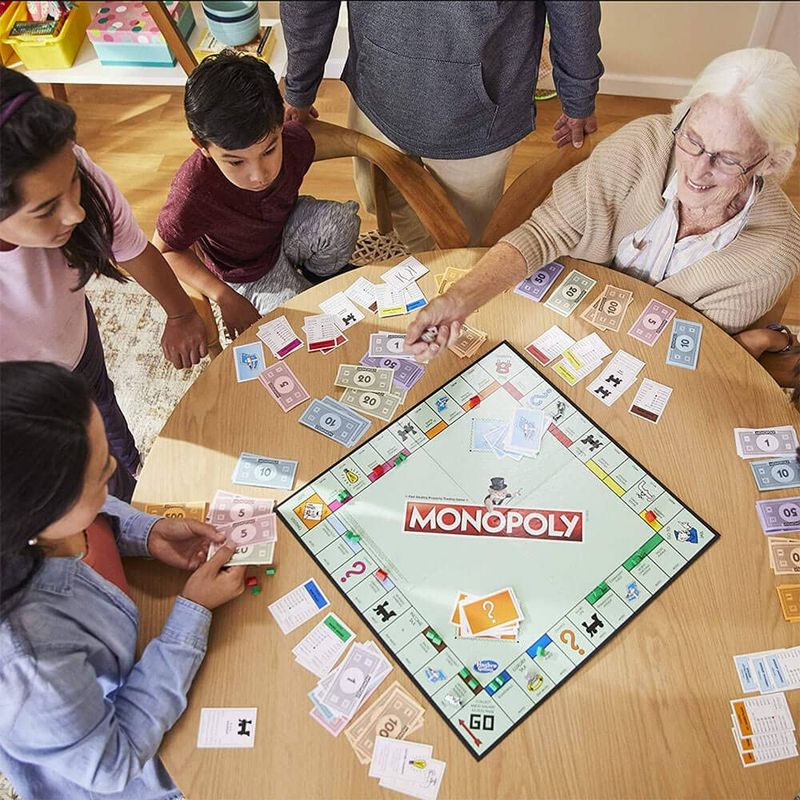
Elizabeth Magie created the game that would become known as Monopoly in the early 20th century. Originally called The Landlord’s Game, it was designed to illustrate the pitfalls of capitalism and monopolies. Magie’s version was a tool for social change, aiming to educate people about economic principles.
Despite her original intentions, the game was later commercialized and transformed by Charles Darrow, leading to the version we know today.
Magie’s contribution remains a critical part of gaming history, highlighting how ideas can evolve and take on a life of their own. Her vision for the game was not just entertaining but also educational, blending fun with a message.
8. Computer Programming (Foundational Algorithms)

Ada Lovelace, a mathematician in the 1800s, is often regarded as the first computer programmer. Collaborating with Charles Babbage, she worked on his Analytical Engine, a prototype mechanical computer.
Lovelace’s notes included the first algorithm intended for machine processing, laying the groundwork for modern computing. Her visionary approach to programming went beyond mere calculations; she foresaw the potential for machines to manipulate symbols and create art or music.
Her work was largely unrecognized in her lifetime, but today she is celebrated as a pioneer who foresaw the capabilities of computers long before they were realized. Her story is a reminder of how visionary thinking can transcend the limits of the present.
9. Circular Saw

Tabitha Babbitt, a Shaker woman in the early 1800s, revolutionized woodworking with her invention of the circular saw. Observing the inefficiency of the traditional pit saw, where two men had to laboriously push and pull, Babbitt designed a circular version that could be powered.
This reduced effort and increased productivity. Her innovation was initially used in Shaker communities but eventually spread to become a staple in woodworking and construction. Babbitt’s invention exemplifies how sometimes the simplest changes can have the most profound impact.
Her keen observation and practical mindset led to a tool that reshaped the industry. Next time you see a circular saw, think of the woman whose ingenuity continues to cut through challenges, making work easier and more efficient for generations.
10. Fire Escape

Anna Connelly invented the outdoor fire escape, a lifesaving feature for buildings, in the late 19th century. Her design included a metal staircase attached to the exterior of buildings, allowing residents to escape in case of a fire.
Connelly’s invention was a response to urban fires that claimed lives in crowded city dwellings. Her contribution not only saved lives but also influenced building codes and urban planning. The introduction of fire escapes marked a turning point in prioritizing safety in architectural design.
Her foresight in addressing a critical safety issue paved the way for modern emergency planning. As you walk past fire escapes today, recognize the woman whose invention has provided a reliable route to safety for countless individuals.
11. Paper Bag Machine
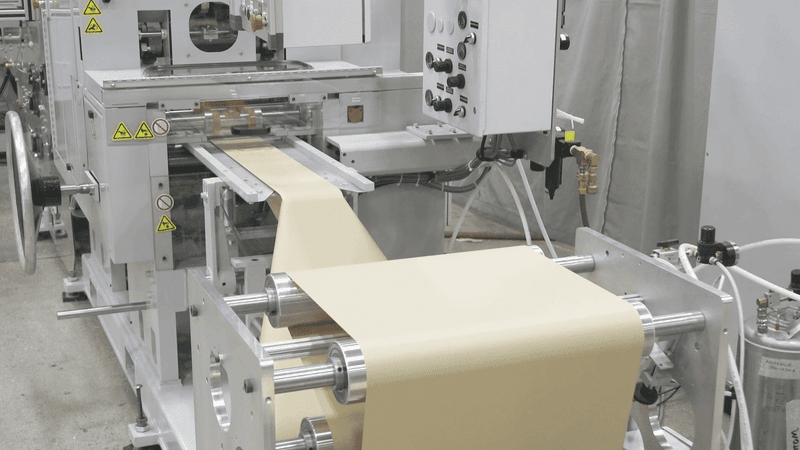
Margaret Knight, an inventive mind of the late 1800s, designed a machine that transformed paper bag production. Her creation allowed for the mass production of square-bottomed bags, which could stand upright and hold more items.
Margaret had to fight for her patent rights in court when a man attempted to steal her idea, a struggle that highlighted her resilience and determination. Her invention revolutionized shopping, making paper bags a standard in stores.
Knight’s story is one of both innovation and perseverance in a time when women’s contributions were often undervalued. Her ingenuity offers insight into how practical solutions can emerge from everyday challenges.
12. Medical Syringe (Improved Design)

Letitia Geer, a nurse in the late 19th century, revolutionized medical care with her improved syringe design. Geer’s syringe could be operated with one hand, making it more practical and efficient for administering care, especially in emergencies.
This design allowed healthcare professionals to work more effectively, streamlining medical procedures. Geer’s innovation is a testament to how firsthand experience in a field can lead to groundbreaking improvements.
Her contribution made a significant impact on the medical field, enhancing the ability to provide timely and effective care.
13. Life Raft

Maria Beasley, a multifaceted woman, invented the life raft in the late 19th century. Her design focused on creating a foldable, portable raft that could be easily stored and deployed in emergencies. Beasley’s invention became a crucial safety feature on ships, saving countless lives during maritime disasters.
Her work was driven by the need for better safety measures following numerous shipwreck tragedies. Beasley’s life raft is an example of how inventive thinking can address critical safety needs, providing a lifeline in perilous situations.
Her contribution has become an integral part of modern maritime safety protocols. Each time you board a ship, remember the woman whose foresight continues to protect lives at sea.
14. Ice Cream Maker
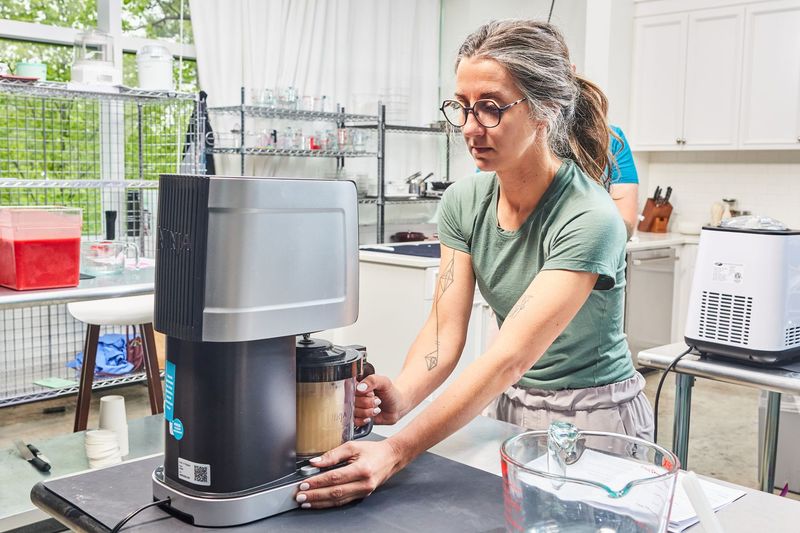
Nancy Johnson’s craving for smoother ice cream led her to invent the hand-cranked ice cream maker in 1843. Her design allowed for easier and more consistent churning, producing a creamy dessert loved by many. Johnson’s invention was simple yet effective, transforming how ice cream was made and enjoyed.
Her patent marked a pivotal moment in dessert history, paving the way for modern ice cream production. Johnson’s ice cream maker was more than a kitchen tool; it represented a delightful innovation that brought joy to households.
Nancy’s inventive spirit is a reminder of how a simple desire for improvement can turn into a beloved tradition. Next time you enjoy a scoop of ice cream, think of the woman whose creation continues to sweeten our lives.
15. Caller ID & Call Waiting

Shirley Ann Jackson and Carolyn Doughty, two pioneering engineers, played vital roles in developing caller ID and call waiting technologies. Their innovations in the 1970s and 1980s reshaped phone communication, allowing users to see who was calling and manage multiple calls.
While their names may not be widely known, their contributions have become essential features in telecommunication. Jackson and Doughty’s work exemplifies how technical breakthroughs can enhance everyday conveniences, providing users with greater control and flexibility.
Their achievements highlight the often-overlooked contributions of women in engineering fields. When you check who’s calling or put a call on hold, remember the women who helped make these features possible.
16. Retractable Dog Leash

Mary A. Delaney invented the retractable dog leash in the late 20th century, transforming how people walk their pets. Her design allowed the leash to extend and retract, giving dogs more freedom while maintaining control.
Delaney’s innovation made walks more enjoyable and manageable, reducing the chaos of tangled leashes. Her creation is a prime example of how a simple idea can significantly enhance daily life. Delaney’s retractable leash became a popular tool for pet owners, blending convenience with practicality.
The next time you take your dog for a walk, think of the woman whose invention made it a smoother experience for both you and your furry friend.
17. Anti-Reflective Glass
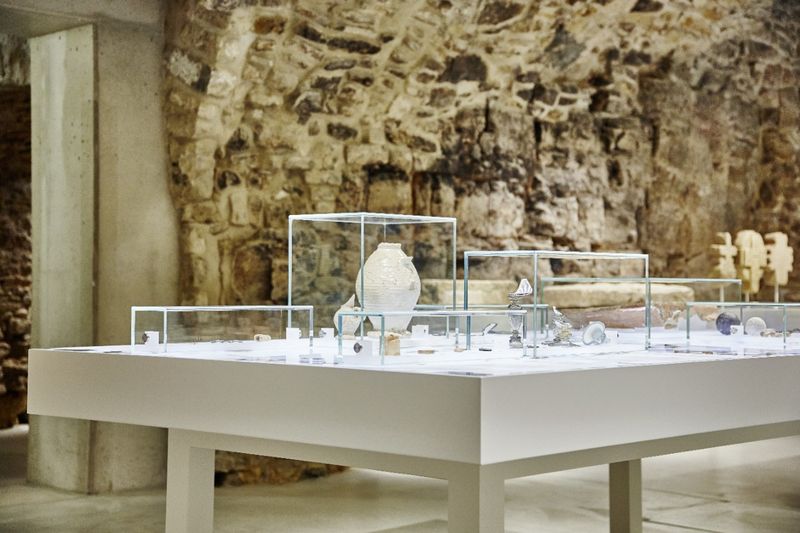
Katharine Burr Blodgett, a physicist at General Electric in the 1930s, developed the first anti-reflective glass coating. Her invention made glass clearer, reducing glare and enhancing visibility. Blodgett’s work had far-reaching implications, impacting everything from camera lenses to eyeglasses.
Her innovation demonstrated how scientific research could lead to practical applications that improve everyday experiences. Blodgett’s anti-reflective glass is a cornerstone in optics, proving that even small advancements can have a big impact.
The work remains influential, showcasing how curiosity and expertise can lead to solutions that touch many aspects of life. As you peer through a camera lens or wear glasses, think of the woman whose scientific insight helped you see more clearly.
18. Electric Refrigerator (Early Prototype)
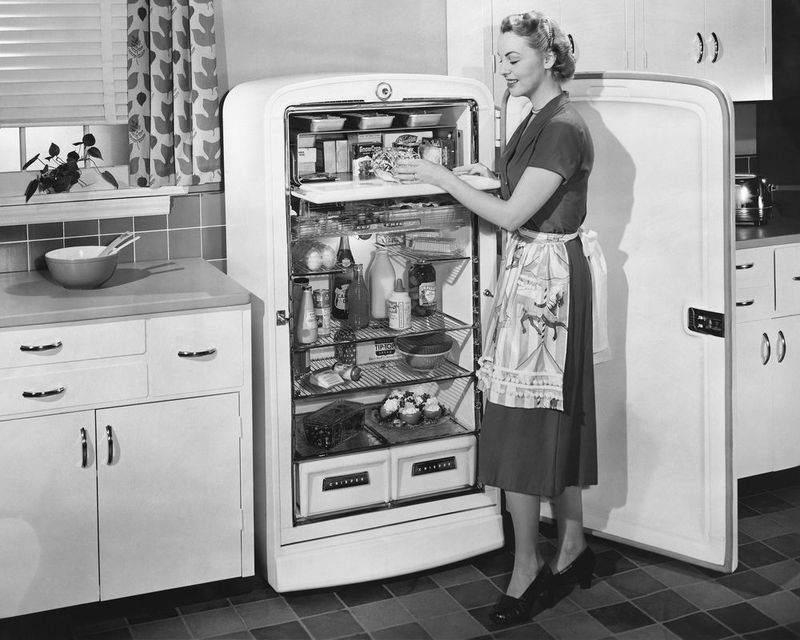
Florence Parpart revolutionized kitchen technology with her design of an early electric refrigerator in the early 20th century. Her invention helped transition homes from iceboxes to electric cooling, making food storage more efficient and reliable.
Parpart’s work marked a significant step in domestic convenience, bringing modern refrigeration to households. Her electric refrigerator prototype laid the groundwork for the appliances we depend on today, highlighting how innovation can transform daily life.
Parpart’s contribution is a reminder of the impact of visionary ideas in advancing home technology. Every time you open your fridge, think of the woman who helped cool the way to modern kitchen convenience.
19. Fold-Out Bed

Sarah E. Goode, a trailblazing inventor in the late 19th century, created the fold-out bed to address space constraints. Her design allowed beds to be folded into cabinets, providing a smart solution for small apartments.
Goode’s invention was one of the first patents awarded to an African American woman, marking a significant moment in history. Her fold-out bed exemplified how clever design could enhance living spaces, offering versatility and practicality.
This contribution continues to influence modern furniture design, showcasing her ingenuity and foresight. Next time you stow away a fold-out bed, reflect on the woman who made small living spaces more functional.
20. Scotchgard

Patsy Sherman, a lab assistant at 3M in the 1950s, discovered Scotchgard by accident. While working on a latex project, she spilled chemicals onto a shoe and noticed it resisted stains. This serendipitous discovery led to the development of a powerful stain repellent used in households worldwide.
Sherman’s innovation highlighted how unexpected accidents can lead to groundbreaking products. Her work turned an error into success, showing how curiosity and persistence can result in new solutions.
Scotchgard remains a testament to the potential of scientific exploration, offering everyday practicality in protecting fabrics. Next time you spray a stain repellent, think of the momentary mishap that led to a household staple.
21. Submarine Periscope Improvements

Clara Barton developed important improvements to submarine periscopes in the early 20th century. Her work focused on enhancing visibility and accuracy, contributing to safer and more effective naval operations.
Barton’s improvements were instrumental during a time when periscope technology was crucial for underwater navigation. Her contributions showcased the importance of detailed engineering in advancing military safety and strategy.
Barton’s work remains significant in the history of naval technology, demonstrating how precision and innovation can lead to crucial advancements. Her story is a reminder of how focused improvements can make a difference in complex systems, influencing both military and civilian applications.
22. Signal Flares

Martha Coston invented signal flares in the mid-19th century, providing a vital communication tool for maritime safety. Her bright, visible flares allowed ships to signal distress, avoiding disasters at sea. Coston’s work was driven by personal tragedy and a determination to prevent similar incidents.
Her invention became standard equipment on ships, saving countless lives over the years. Coston’s signal flares exemplify how innovation can address critical safety needs, offering a lifeline in emergencies.
This work continues to illuminate the importance of clear communication in hazardous situations. When you see a flare light up the night sky, remember the woman whose vision helped guide ships to safety.
23. Invisible Glass for Cameras and Screens
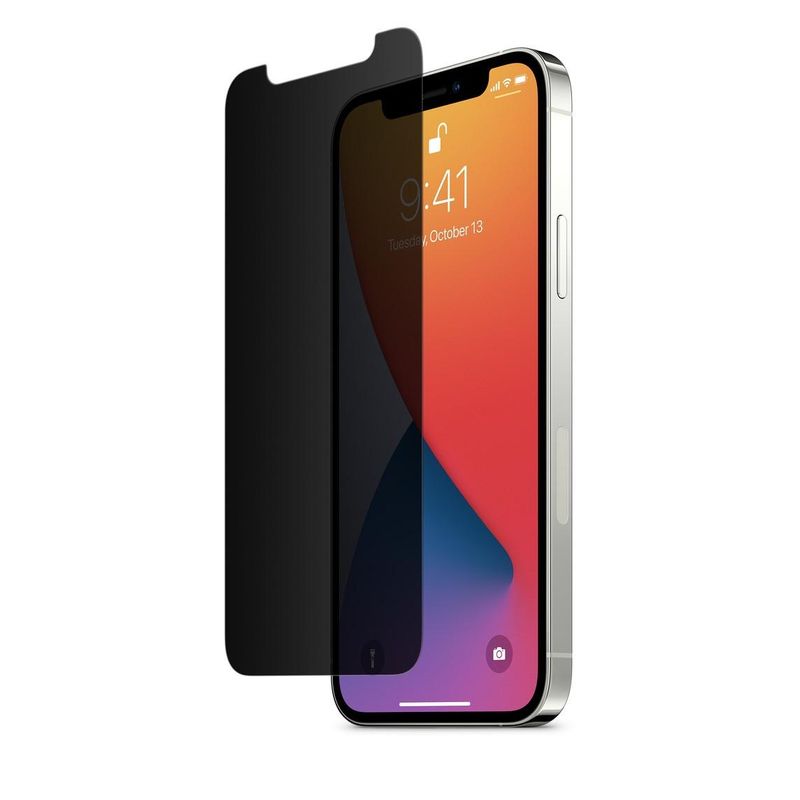
Katharine Blodgett, a pioneering scientist in the 20th century, developed invisible glass coatings that transformed optics. Her work allowed for ultra-clear glass, enhancing visibility through lenses and screens.
This innovation had a profound effect on cameras, microscopes, and modern displays, improving image quality and user experience. Her contribution demonstrated the power of meticulous research in creating solutions with widespread applications.
Blodgett’s invisible glass remains a critical component in optical technology, showing how scientific breakthroughs can redefine industries. Whenever you look through a camera or use a screen, think of the woman whose work made it all clearer.
24. Car Heater
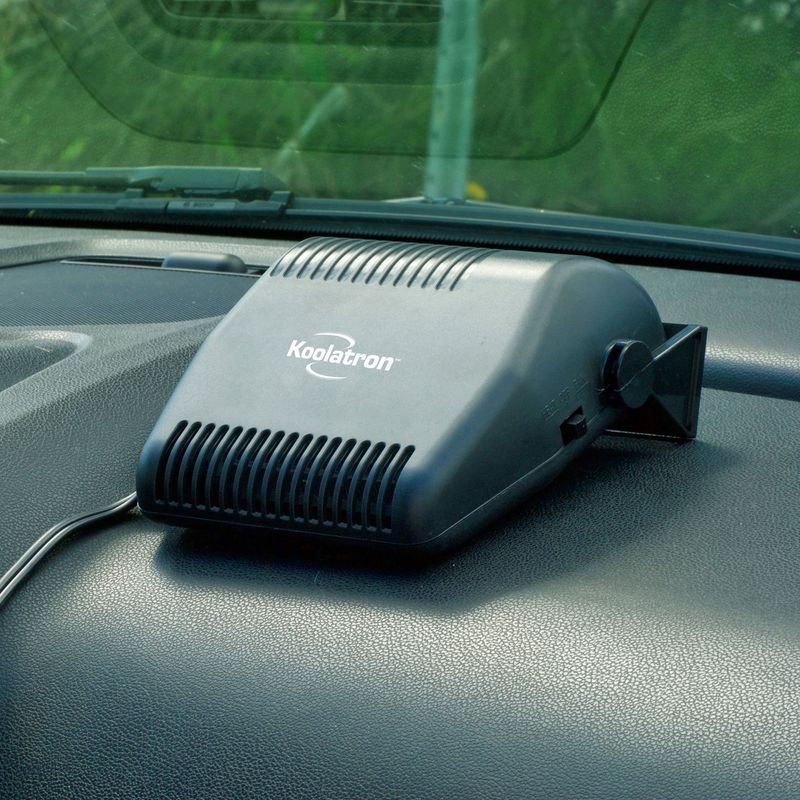
Margaret A. Wilcox, an inventive mind of the late 19th century, designed one of the first car heaters. Her system redirected engine heat into the vehicle cabin, providing much-needed warmth in cold weather.
Wilcox’s invention predated modern heating systems and laid the groundwork for automotive comfort. Her heater was a practical solution that enhanced the driving experience, making travel more pleasant during winter months.
Margaret’s contribution is a reminder of how innovative thinking can improve daily life, offering comfort in challenging conditions. Each time you turn on your car heater, remember the woman whose creativity helped warm the road ahead.
25. Liquid Paper (White-Out)

Bette Nesmith Graham, a determined single mom, invented Liquid Paper in the 1950s. Working as a typist, she struggled with typing errors and began mixing paint to cover them, eventually creating a commercial product.
This invention became an essential tool in offices, allowing for easy correction of mistakes. Her story is one of resilience and innovation, turning a simple idea into a successful business. Liquid Paper revolutionized office work, offering a quick and effective solution to common problems.
Her service highlights how solving personal challenges can lead to widely beneficial products. Every time you correct an error with white-out, remember the woman whose small idea made a big difference.
26. Foot-Pedal Trash Can

Lillian Gilbreth, a pioneering industrial engineer, invented the foot-pedal trash can in the early 20th century. Her design focused on hygiene and efficiency, allowing users to open the lid without using their hands.
Gilbreth’s invention was particularly beneficial in hospital settings, promoting cleanliness and convenience. Her work exemplifies how thoughtful design can enhance everyday tasks, making them more efficient and sanitary.
The foot-pedal trash can remains a staple in households and businesses, reflecting her impact on daily life. The next time you use a foot-pedal trash can, think of the woman whose innovation made waste disposal more manageable.
27. “Pap” Smear Test Development
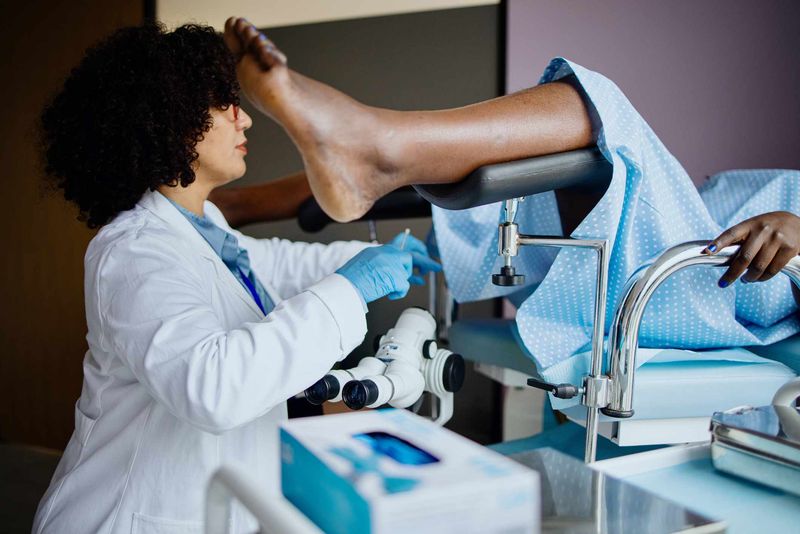
Georgios Papanikolaou may be credited with the Pap smear test, but it was his colleague, Dr. Aurel Babes, who played a crucial role in its development. Babes, a pioneering researcher, worked on refining the test for detecting cervical cancer, contributing to a method that has saved countless lives.
Her work highlighted the importance of early detection in cancer prevention, paving the way for modern screening practices. Babes’ contributions are a testament to how collaboration and scientific inquiry can lead to life-saving medical advancements.
Every time you go for a screening, remember the woman whose research helped make early detection possible.
28. Frequency-Hopping Communication

Hedy Lamarr, a glamorous actress with a keen intellect, co-invented frequency-hopping communication during World War II. Her work, alongside composer George Antheil, aimed to prevent enemy jamming of radio-controlled torpedoes.
Though their patent wasn’t immediately utilized, it later influenced the development of Bluetooth and GPS technologies. Lamarr’s contribution highlighted her dual talents as both an entertainer and a brilliant inventor.
Her frequency-hopping system showed how creative thinking in one field can lead to breakthroughs in another. Today, her work is celebrated, demonstrating how diverse skills can converge to create groundbreaking innovations.
29. Solar House Design (Thermal Storage System)

Maria Telkes, a visionary architect, developed a solar house design with a thermal storage system in the mid-20th century. Her work focused on using stored sunlight to heat homes, long before “green energy” became popular.
Telkes’ design was a pioneering step in sustainable architecture, showcasing how renewable energy could be harnessed for domestic use. Her solar house demonstrated the potential of combining technology and environmental consciousness, paving the way for modern eco-friendly designs.
The service was instrumental in highlighting the possibilities of solar energy, influencing future developments in sustainable living. Each time you hear about green architecture, remember the woman who helped spark the movement toward energy-efficient homes.
30. COBOL Programming Language

Grace Hopper, a pioneering computer scientist, played a critical role in developing the COBOL programming language in the late 1950s. Her work emphasized making programming more accessible by using English-like syntax, revolutionizing how people interacted with computers.
COBOL became widely used in business, government, and administrative systems, highlighting Hopper’s influence in the tech industry. Her contribution laid the groundwork for future programming languages, bridging the gap between human and machine communication.
Hopper’s legacy is a testament to her vision in making technology more user-friendly and inclusive. As you interact with software today, think of the woman whose work helped build the bridge to modern computing.

